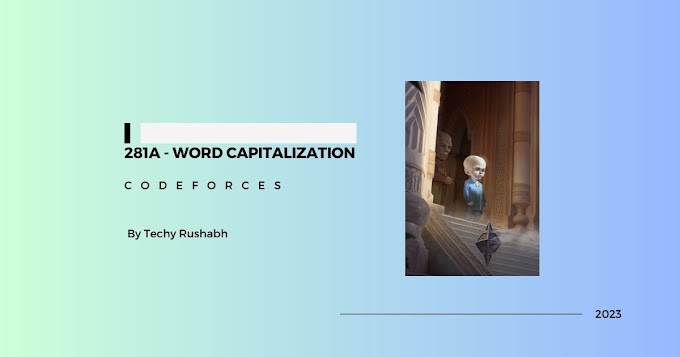Introduction
The landscape of Artificial Intelligence is in constant flux, marked by occasional breakthroughs that redefine our understanding of AI capabilities. One such innovation is B-Star, a framework designed to enhance AI models through self-improvement, significantly reducing their reliance on extensive, human-generated datasets. This blog post will delve into the mechanics of B-Star, its advantages over existing methods, and its potential applications in various fields.
The Data Bottleneck and the Rise of Self-Improvement
As AI models evolve and tackle increasingly complex tasks – from solving intricate mathematical problems to generating sophisticated code and exhibiting common-sense reasoning – their need for high-quality training data escalates. Traditionally, these models depend on meticulously curated datasets created by humans, a process that becomes increasingly time-consuming and expensive as the challenges grow. This is where self-improvement methods come into play.
Self-improvement strategies aim to mitigate the data dependency by enabling models to learn from their own outputs. This process involves an AI model generating responses, selecting the best ones based on predefined criteria, and then using these selections to refine its future performance. Think of it as a feedback loop where the model learns by re-evaluating its own work. While approaches like S2R, REST, and RFT have explored this concept, they often face a common hurdle: performance stagnation after several rounds of self-training.
B-Star: Balancing Exploration and Exploitation
The B-Star framework addresses the limitations of previous self-improvement methods by dynamically managing two critical factors: exploration and exploitation. Exploration refers to the model's capacity to generate diverse and accurate responses, maintaining novelty and preventing repetitive outputs. Exploitation, on the other hand, involves leveraging a reward system to identify and reinforce the most effective responses.
B-Star's innovation lies in its real-time adaptability. Unlike static methods, B-Star dynamically adjusts parameters such as sampling temperature (which controls the creativity of responses) and reward thresholds (which determine the stringency of response acceptance) throughout the training process. This continuous adjustment optimizes performance at each stage. The framework also introduces a balance score, a metric that evaluates both the quantity and quality of the model's outputs, ensuring a steady stream of high-quality responses for continued learning. For example, if the system selects 64 responses but only 16 are correct, the balance score will reflect that imbalance, prompting adjustments to the training parameters.
Performance and Potential Applications
B-Star has been rigorously tested across a spectrum of tasks, including mathematical problem-solving (using datasets like Math and GSM 8K), coding (using the APPS dataset), and common-sense reasoning (using the ARC Challenge dataset). The results consistently demonstrate B-Star's superiority over other self-improvement methods. For instance, in the GSM 8K dataset for math reasoning, B-Star achieved a pass@1 accuracy of 53.8%, compared to 46.8% with Online RFT and 46.3% with REST-EM. Similarly, on the Math dataset, B-Star scored 27.8%, significantly outperforming Online RFT's 23.2%.
This dynamic approach is a significant advancement compared to static methods like STAR, which resets the model after each iteration, or Iterative RFT, which does not adjust its settings during training. The inclusion of a process reward model (PRM) to assess each step in the solution further enhances exploration. For example, combining final answer matching with PRM led to better results in mathematical reasoning by providing more granular feedback.
B-Star's versatility extends to more powerful models, such as LAMA 3.18b, where it also delivered noticeable gains. Its scalability and ability to deconstruct the self-improvement process make it applicable in robotics, writing, and design, where balancing creativity and precision is essential.
Conclusion: A Transparent Path to Enhanced AI
B-Star represents a significant stride in AI self-improvement, offering a transparent and adaptable framework that addresses the limitations of previous methods. By dynamically balancing exploration and exploitation, B-Star achieves sustained performance gains and unlocks new possibilities for AI across diverse applications. Its potential to enhance AI capabilities in fields ranging from robotics to creative design positions it as a key player in the future of artificial intelligence.




0 Comments